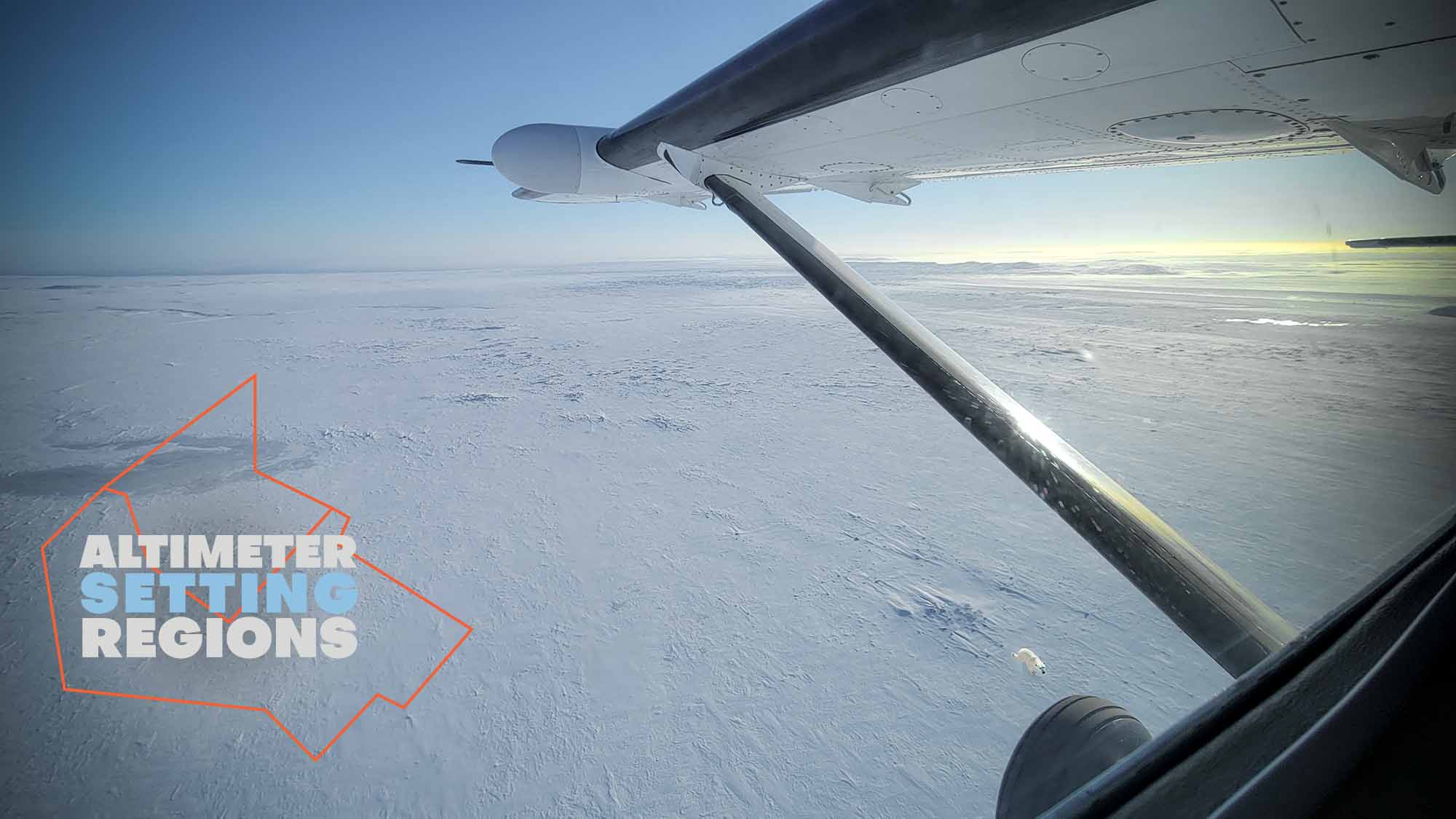
Understanding Altimeter Setting Procedures
Flying an aircraft demands precision and adherence to various regulations, especially concerning altimeter setting procedures. These procedures are crucial for maintaining accurate altitude readings and ensuring safe flight operations. Let’s delve into the specific altimeter setting procedures outlined for both the altimeter setting region and the standard pressure region.
Altimeter Setting Region
In the altimeter setting region, defined dimensions below 18,000 feet ASL, pilots must adhere to specific altimeter setting procedures throughout different stages of flight.
Departure
Before takeoff, pilots are required to set the aircraft altimeter to the current altimeter setting of the aerodrome. If unavailable, setting it to the aerodrome’s elevation is necessary.
En route
During flight, the altimeter should be set to the current altimeter setting of the nearest station along the route of flight. If stations are separated by more than 150 NM, the setting of a station near the route should be used.
Arrival
Approaching the intended landing aerodrome requires setting the altimeter to the current aerodrome altimeter setting, if available.
Standard Pressure Region
Above 18,000 feet ASL and in low-level airspace outside the lateral limit of the altimeter setting region, the standard pressure region is in effect, with distinct flight procedures.
General
Operating an aircraft within the standard pressure region mandates setting the altimeter to standard pressure: 29.92 inches of mercury or 1013.2 mbs.
Departure
Before takeoff, pilots set the altimeter to the current altimeter setting of the aerodrome or, if unavailable, to the aerodrome’s elevation. Upon reaching the planned cruising flight level, it should be set to standard pressure.
Arrival
Descending for landing requires setting the altimeter to the current altimeter setting of the intended landing aerodrome, if available. Adjustments are made based on specific procedures during holding or descent from cruising flight levels above FL 180.
Transition Procedures
Transitioning between regions requires careful consideration of altimeter settings as specified in CAR 602.37. Pilots must make altimeter setting changes while within the standard pressure region before entering or after leaving the altimeter setting region.
In conclusion, adherence to altimeter setting procedures is paramount for safe flight operations. Pilots must familiarize themselves with these regulations to ensure precision and accuracy in altitude readings throughout all phases of flight.
Publications with more information about altimeter settings
For further comprehensive information regarding altimeter setting procedures and flight regulations, pilots are encouraged to refer to CARs 602.35 and CARs 602.36. Additionally, valuable insights can be found in the Aeronautical Information Manual (AIM) section RAC—Rules Of The Air And Air Traffic Services 2.10. These resources offer detailed guidelines and essential knowledge to ensure adherence to altimeter setting protocols and safe flight operations in various airspace regions.
Free Aviation Courses
Learning to fly? Check out the courses page.


